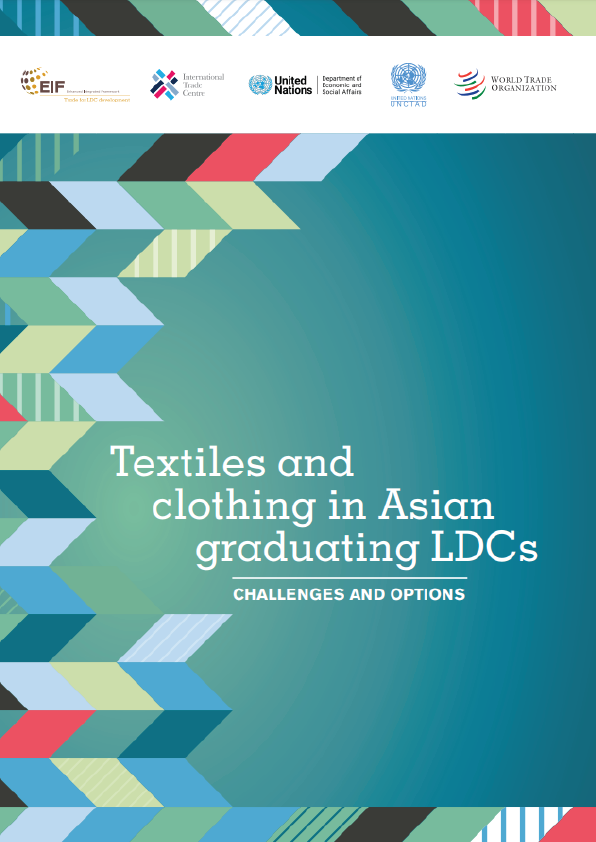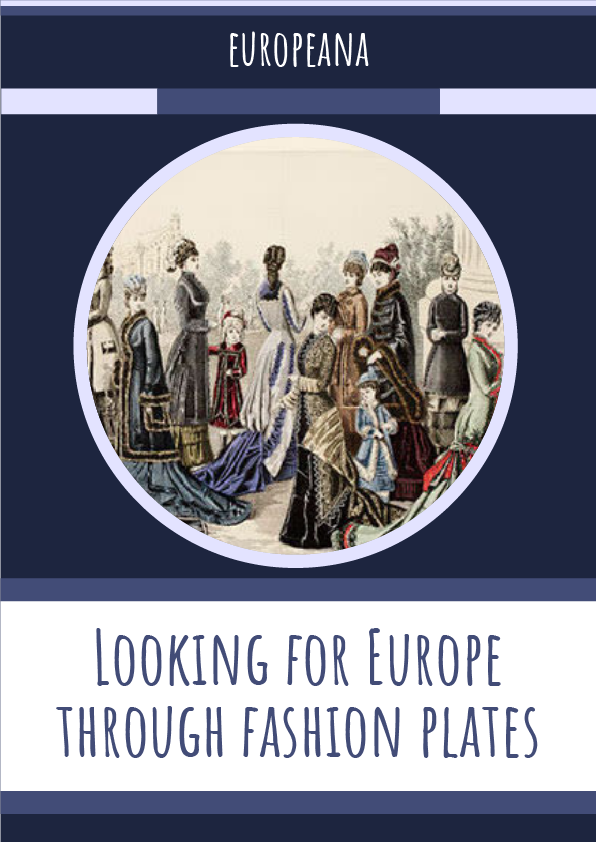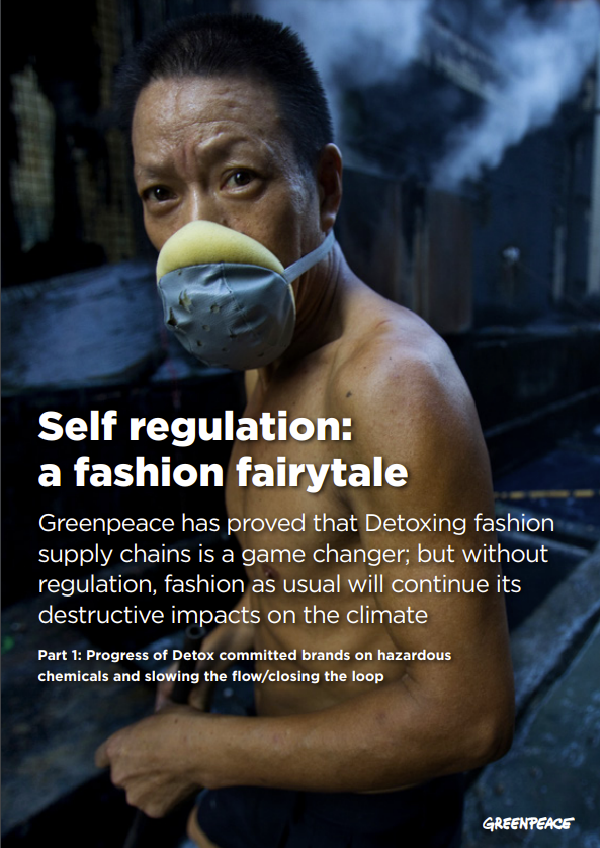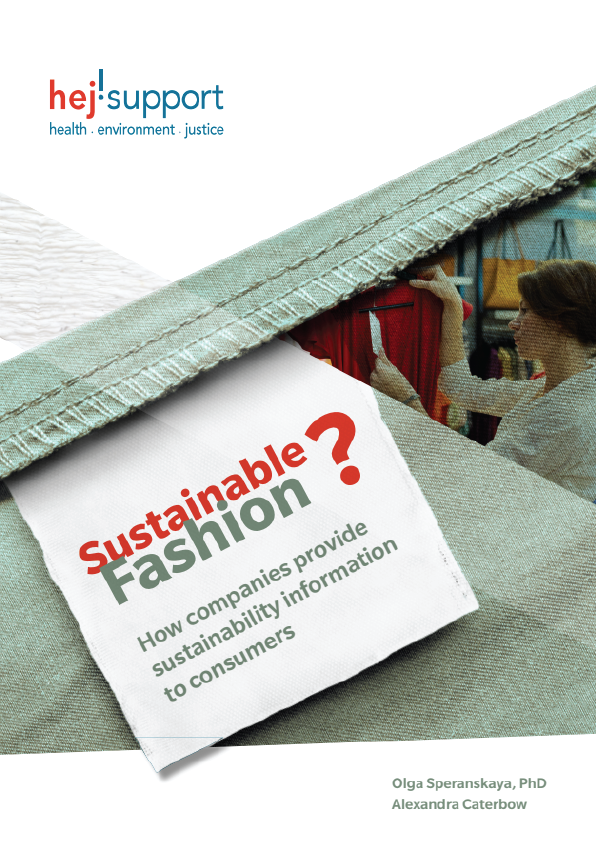Graduation from LDC status will have a significant impact on the textiles and clothing (T&C) exports of Asian graduating LDCs, namely: Bangladesh, Cambodia, Lao People’s Democratic Republic (PDR), Myanmar, and Nepal. The COVID-19 global pandemic hit the T&C sector hard, and these countries must now also prepare for any potential graduationrelated challenges — including the loss of some trade preferences — to ensure a smooth transition from LDC status. How they cope will largely depend on the extent to which such adjustments can cushion the impact on their T&C sector.
Introduction Despite confronting multifaceted challenges, Asian least developed countries that are also T&C exporters – namely, Bangladesh, Cambodia, Lao PDR, Myanmar, and Nepal – have made remarkable socio-economic progress over the past decade and are now at different stages of their graduation from LDC status.1 Of these countries, Bangladesh, Lao PDR and Nepal are scheduled to graduate in 2026. Cambodia first qualified for graduation at the 2021 review and thus its actual graduation will depend on results of the 2024 review.
T&C exports from the above Asian graduating countries are salient examples of how trade preferences can help build LDCs’ export supply capacities. Unilateral trade preferences granted by many developed and several developing countries – including duty-free quota-free market access and more liberal rules of origin (RoO) requirements – are considered to be the most prominent LDC-specific international support measures (ISMs). T&C products have traditionally been subject to higher tariffs in many countries. Consequently, LDCs’ T&C exports enjoy some of the highest preferential margins available. While LDCs generally lack manufacturing capacity, preferencedriven trade in T&C products has acted as a catalyst for Asian graduating LDCs (along with several other African LDCs) to break into manufacturing activities.
After graduation, LDCs will lose LDC-specific trade preferences. This could result in considerable changes to their tariff preferences and RoO requirements, especially in the absence of alternative trade arrangements such as Generalized System of Preferences (GSP) facilities for non-LDC countries and bilateral/ regional free trade agreements (FTAs). The provisions available for graduated countries can vary depending on their participation in relevant FTAs and/or ability to satisfy any qualification criteria for preferences. To assess the implications for T&C exports of the Asian graduating LDCs under consideration — and therefore the impact on these countries’ overall export performances — it is important to understand the post-graduation trade preference regimes in their major importing countries.
The COVID-19 global pandemic hit the T&C sector hard, with the Asian graduating countries experiencing lost export orders, job losses, factory closures, and disrupted supply chains during the height of the crisis in 2020. While the global economy started recovering in 2021, these countries’ export activities remained below pre-pandemic levels. Against this backdrop, Asian graduating LDCs now must prepare for any potential graduation-related challenges to ensure a smooth transition from their LDC status.
This synthesis report is based on a number of studies undertaken by several UN agencies and the World Trade Organization (WTO) into various aspects of Asian LDCs’ T&C trade and their interactions with LDC graduation related adjustment challenges. The underlying studies particularly investigated such issues as individual countries’ market access provisions after graduation; the nature of their participation in the T&C global value chain (GVC) and associated implications for policy options; firm-level perceptions and preparedness about graduation-related challenges and export prospects; and perspectives of global fashion brands and retailers on their future sourcing strategy in connection to LDC graduation.











